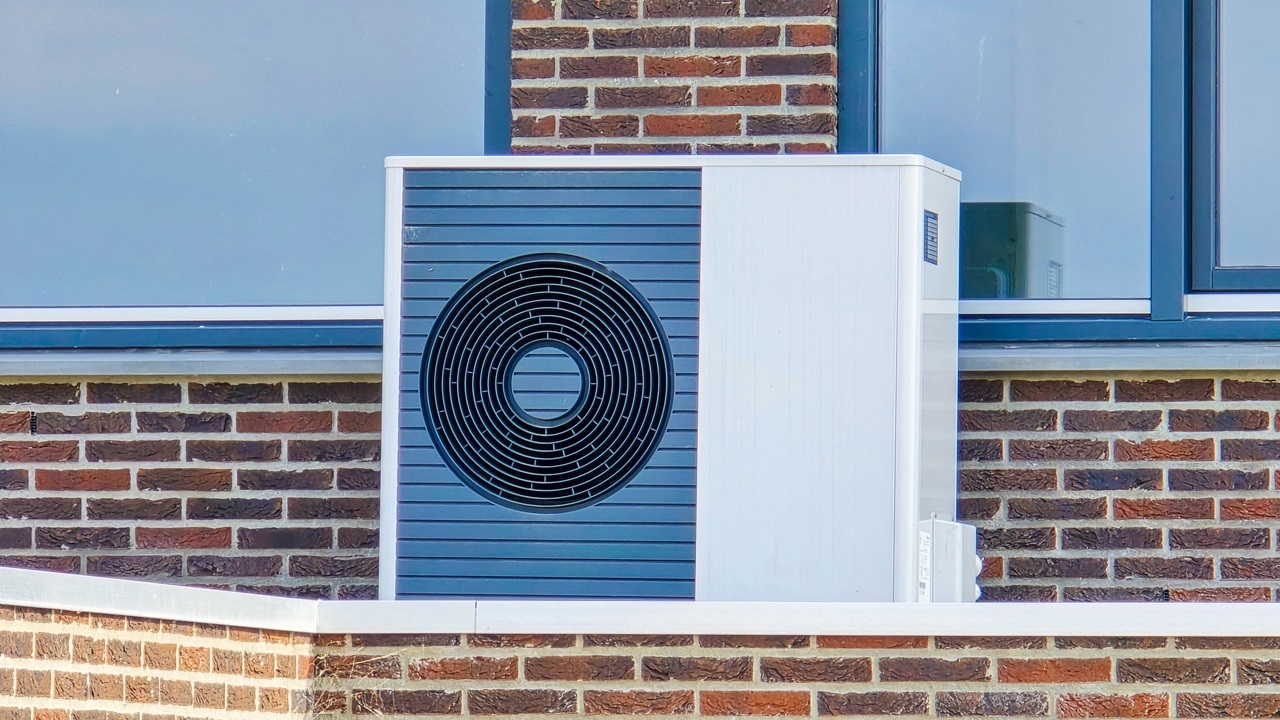Building a new structure requires careful planning, especially when it comes to HVAC installation. Proper heating, ventilation, and air conditioning are essential for creating a comfortable and functional environment. Ensuring that the HVAC system is installed correctly from the start can save time, money, and future headaches. This article will guide you through the essential steps needed for successful HVAC installation in new construction projects.
Planning and Design Considerations
Assessing Building Requirements
Assessing the building’s requirements is the first step in planning an HVAC system for new construction. This involves analyzing the size of the building, its intended use, and the number of occupants. Each building has unique heating, cooling, and ventilation needs that must be addressed through precise calculations. Understanding these requirements helps us choose the correct capacity and type of HVAC system, ensuring efficiency and comfort.
Designing the HVAC System Layout
Designing the HVAC system layout is a critical step that involves placing equipment and ducts optimally. Proper layout design ensures air circulates evenly throughout the building. Our technicians map out where to install air ducts, vents, and HVAC units to maximize performance. This stage also includes planning for future maintenance access to ensure ease of service and repairs.
Selecting the Right Equipment
Selecting the right equipment is crucial for meeting the building’s HVAC needs. There are various types of HVAC systems, including central air conditioners, heat pumps, and furnaces. Our professionals help choose the best system based on the building’s size, climate, and specific needs. Customized selection ensures energy efficiency and longevity of the HVAC system, providing comfort for years to come.
Preparing for Installation
Securing Permits and Approvals
Securing necessary permits and approvals is a vital step before installation can begin. Compliance with local building codes and regulations ensures the HVAC system is safe and legal. Our team handles this, securing all required permits to avoid any legal issues down the line. Doing this step carefully helps streamline the installation process.
Site Preparation and Safety Measures
Preparing the site and implementing safety measures ensures a smooth installation process. Properly preparing the site includes clearing the installation area and ensuring it is accessible. Safety measures protect both the workers and the building. Our professionals adhere to strict safety protocols to avoid accidents and ensure a secure working environment.
Coordination with Other Trades
Coordination with other trades is essential to prevent delays and ensure efficiency. HVAC installation often overlaps with electrical, plumbing, and construction work. Our professionals work closely with other trades to synchronize schedules and tasks. This coordination helps avoid conflicts, ensuring that the HVAC system integrates seamlessly with all other building systems.
The Installation Process
Air Duct Installation Steps
Installing air ducts is a critical part of the HVAC installation process. Our professionals first identify the optimal pathways for duct placement. This involves planning routes that ensure efficient airflow and minimal energy loss. Once the layout is determined, ducts are carefully installed and sealed to prevent leaks. Proper insulation is added to maintain temperature and improve efficiency. These steps ensure that the air ducts provide effective and consistent ventilation throughout the building.
Setting Up HVAC Equipment
Setting up HVAC equipment involves several steps to ensure everything functions correctly. Our technicians begin by positioning the main HVAC units in their designated locations. These units may include the central air conditioner, furnace, or heat pump. After positioning, the units are secured and connected to the ductwork and electrical systems. Ensuring all connections are tight and secure is vital for the system’s efficiency and safety.
Thermostat Installation and Placement
The placement and installation of the thermostat significantly impact the HVAC system’s performance. The thermostat must be centrally located away from direct sunlight, drafts, and other heat sources to get accurate temperature readings. Our professionals install the thermostat and connect it to the HVAC system to allow easy control of the building’s climate. Proper installation ensures the thermostat accurately monitors and adjusts the temperature for comfort and efficiency.
Electrical and Refrigerant Line Connections
Connecting electrical and refrigerant lines is the final step in the HVAC installation process. Our technicians connect the HVAC system to the building’s electrical system, ensuring all connections comply with safety standards. Refrigerant lines, which carry the cooling substance, are also connected and checked for leaks. Proper connections are crucial for the system’s operation and efficiency. Once all connections are made, the system is ready for testing and commissioning.
Post-Installation Steps
Testing and Commissioning the System
Testing and commissioning the HVAC system is crucial to ensure it operates correctly. Our professionals perform a series of tests, including checking airflow, verifying thermostat functionality, and ensuring that all components work together. These tests help identify any issues that need addressing before the system becomes fully operational. Proper commissioning ensures the system’s performance and reliability, providing a comfortable environment.
Final Inspections and Adjustments
Final inspections and adjustments are essential to ensure everything meets the required standards. Our professionals inspect all parts of the HVAC system to verify correct installation. Any needed adjustments are made, such as balancing airflow or fine-tuning the thermostat settings. These final checks ensure the system operates at peak efficiency and performance. Completing these inspections thoroughly guarantees the HVAC system is ready for long-term use.
Training and Handover for Building Management
Training and handover are critical for smooth operation and maintenance of the HVAC system. Our team provides building management with detailed information on system operation, maintenance schedules, and troubleshooting tips. Training ensures that building staff can handle basic maintenance tasks and recognize potential issues. Understanding how to operate the HVAC system correctly helps maximize its lifespan and efficiency, providing lasting comfort and reliability.
Conclusion
A successful HVAC installation for new construction projects relies on careful planning, thorough preparation, and meticulous execution. By following these essential steps, building owners can ensure optimal performance and comfort. Proper planning and design considerations set the stage for a seamless installation process. Preparing the site and coordinating with other trades prevent delays and ensure safety. During installation, each step, from air duct installation to electrical connections, requires attention to detail and expertise.
Post-installation steps, including testing, final inspections, and training, ensure the HVAC system operates efficiently and reliably. These actions help prevent future issues and enhance the system’s longevity. Choosing our team at Precise Air Systems, Inc. for your HVAC installation ensures professional service and excellent results.
Call us today to schedule your HVAC installation in Los Angeles and experience the benefits of a well-installed system that meets your needs.










